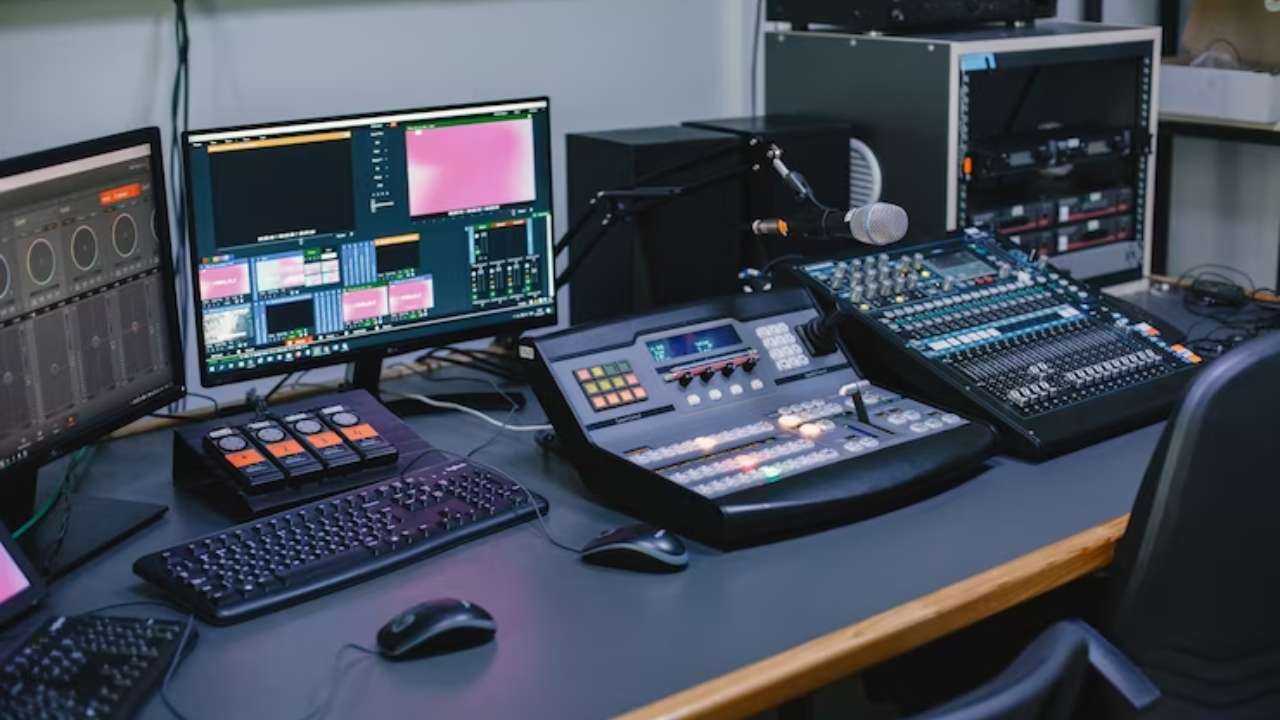A single major advantage of audio over IP technology is its capability to link multiple devices and technologies efficiently. Classic broadcasting frequently relied on complex cabling and physical links, which could be cumbersome and limited. With AoIP, broadcasters can readily interface microphones, audio consoles, and additional equipment through a shared infrastructure. This integration allows for remote broadcasting and live transmissions from almost any place, making it easier to connect with audiences across the globe. As a result, broadcasters can react quickly to ongoing issues and listener demands, leading to more vibrant and engaging content.
Additionally, AoIP technology facilitates superior audio standards that improve the listening encounter. Unlike conventional broadcasting techniques, which may diminish sound quality, audio over IP can preserve the integrity of the audio signal during the delivery process. This implies that listeners can enjoy clearer and more detailed sound, regardless of whether they are listening in via radio, broadcasting online, or employing portable devices. The capability to deliver premium audio is particularly important for musical and discussion programs, where every detail matters to the listeners.
Additionally, the implementation of audio over IP systems can lead to financial efficiencies for media companies. By leveraging existing network systems, organizations can remove the need for costly hardware and large-scale cabling. This not only reduces initial costs but also lowers maintenance expenses over time. Broadcasters can distribute resources more effectively, focusing on content creation and talent development. As a result, the entire broadcasting industry can gain from enhanced innovation and creativity, as funds are redirected toward commercial lighting and sound solutions enhancing programming and engaging with listeners.
In summary, the transition towards audio over IP systems is transforming the broadcasting landscape. By enabling seamless connections, enhancing audio standards, and lowering costs, AoIP is clearing the path to a better integrated future in broadcasting. As media organizations continue to adapt to these developments, they will be more prepared to satisfy the demands of their listeners, create compelling content, and remain competitive in an ever-evolving industry. The future of broadcasting is bright, and audio over IP will take a key role in shaping how we experience audio content in the years to follow.
